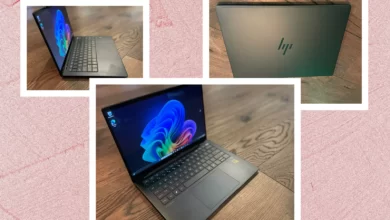Top Satellite Messengers for Off-the-Grid Travel
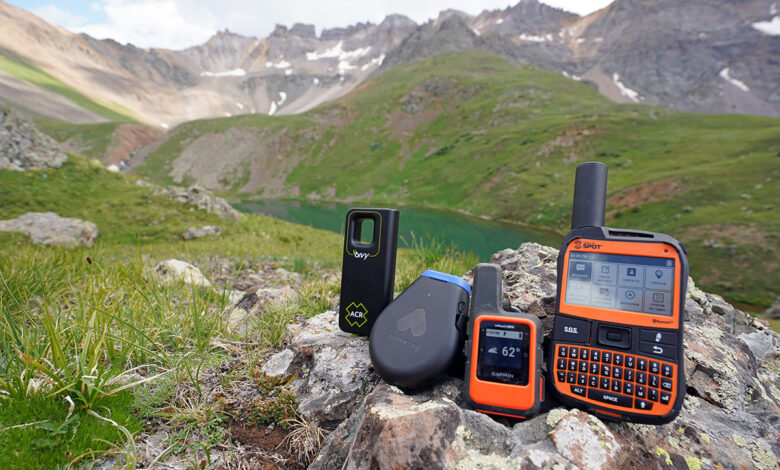
Keep in touch and ensure your safety by messaging friends and family during remote adventures.
Once, only serious off-grinders owned satellite communication devices. Casual backcountry explorers often lacked the budget or expertise to justify purchasing an expensive gadget that displayed confusing coordinates on a hard-to-read screen.
Instead, we depended on maps and memory to navigate beyond the reach of cell service. Now, this has all changed with the advent of a new generation of affordable, portable, and user-friendly satellite messengers from brands like Garmin, Zoleo, and even Apple.
Even occasional adventurers can now stay connected while enjoying the solitude of the wild—or be rescued if things go awry. WIRED’s team of seasoned explorers has ventured into remote mountain regions, hiked through dense forests, and spent countless hours navigating the wilderness to bring you the top satellite messengers to take on your trips.
Updated June 2024: We’ve included new models from Garmin, Zoleo, and Apple, and refreshed entries for Spot, Somewear Labs, and Bivystick.
For more gear to enhance your adventures, check out our other guides, such as the Best Portable Chargers, Sleeping Bags, and Tents.
For the Hardcore: Garmin inReach Mini 2
For those looking to save every ounce in their Hyperlite pack, the Garmin inReach Mini 2 is the perfect satellite communicator.
This compact, Bluetooth-enabled tracker communicator weighs just 3.5 ounces and is easily stashable. It leverages the ultra-fast Iridium satellite network, allowing you to send an SOS from virtually anywhere, even in the middle of the Indian Ocean.
Key features include waypoint creation and interval tracking, making it ideal for real-time mapping journeys. During my 1,830-mile run across Europe, it was invaluable, to let my friends and family track my daily progress via a live map.
The device is compatible with Garmin watches, which I found handy for receiving alerts and messages on my wrist. While simple messaging on the device is straightforward, typing texts using an arrow can be tedious. Fortunately, you can sync it to your phone and use Garmin’s Earthmate app for easier communication.
Setup is relatively simple, and the device can track for up to 30 days with 30-minute tracking intervals and standard activity recording under a full sky view.
Global Connectivity: Somewear Labs Hotspot
Somewear’s founders hail from Apple, Tesla, and Intuit (the company behind Mint and TurboTax), and their expertise is evident in the sleek, user-friendly design of this device and its companion app.
The hot spot is easy to attach to your backpack and connects to your phone, allowing you to send messages, download maps, or check the weather via the Iridium network. However, its functionality is somewhat limited; you can only text if your phone is charged and operational, and the battery lasts just one day with live tracking. This makes it a good option for off-the-grid trips where you have access to a power source to recharge both your phone and the device.
While its usability without a smartphone is restricted, the device excels when paired with one. For short adventures where you can recharge daily, it’s a reliable safety tool. Additionally, the affordable subscription plans make it an appealing choice for weekend warriors looking to enhance their safety on shorter trips.
Essential Gear for Casual Hikers: ACR Bivy Stick
Researching satellite messengers often involves sifting through complex subscription plans, but the ACR Bivy Stick, powered by the Iridium network, simplifies this process with its flexible subscription options.
The $20-per-month fee might seem high compared to other messengers, but it comes with no activation fee, and you can cancel and restart anytime, making it a practical choice for occasional adventurers.
Weighing just 3.35 ounces, it’s as convenient to carry as the Garmin inReach Mini 2. However, like the Somewear, the Bivy Stick requires a smartphone to function, making it dependent on your phone’s battery life. For budget-conscious users, you can purchase credits to text or log activities via satellite, with any unused credits rolling over at the end of the month.
The SOS service is excellent, allowing you to send an “I’m OK” message directly from the device without a smartphone. Additionally, it offers off-grid group messaging and location sharing, which is useful for team adventures.
I appreciated that this small but robust device also functions as an adventure tracker and social media app. You can explore a 50,000-strong adventure library for inspiration, track your progress from “rookie” to “legend,” and share your achievements with friends.
Peace of Mind, Old School Style: Spot X 
The Spot X is like that old-timer at the trailhead who grumbles about how today’s gear just isn’t up to snuff. And sometimes, he’s got a point. With its coverage relying on the Globalstar low-Earth-orbit satellite network, the Spot X isn’t ideal for ocean-crossing adventures.
It features a clunky, Blackberry-style keyboard for typing messages, and its Save icon is a nostalgic floppy disk. However, one advantage is that it’s not dependent on your smartphone, so it maintains full functionality—including two-way texting, mapping, and tracking—even if your phone takes an unscheduled swim. You can adjust the tracking intervals to as short as 2.5 minutes, which is handy for fast-paced activities like speed hiking or trail running. Plus, it’s more affordable than many other options if you opt for a yearly plan, and it boasts impressive battery life.
Rediscover Adventure with Ultra 2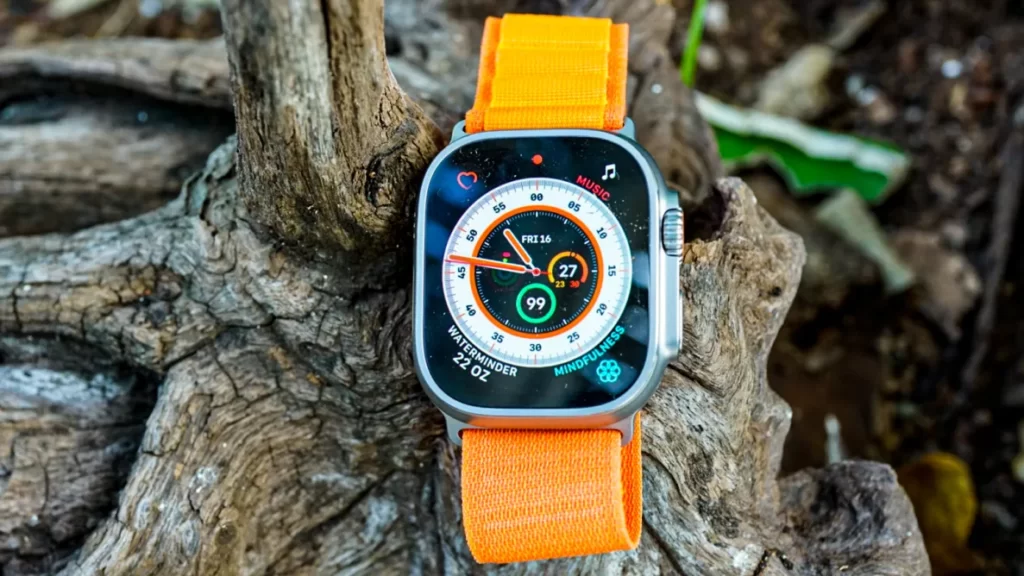
Before you purchase an emergency satellite messenger, consider that you might already have one in your pocket or on your wrist. Certain Apple iPhone and Apple Watch models come with a built-in safety feature called Emergency SOS.
This feature allows you to connect with rescue services even when you’re out of cellular range. The major advantage here is that most of us venture into the wild with a fully charged phone, making this an excellent safety net.
Emergency SOS via satellite is only available when you’re in an area without Wi-Fi or cellular coverage. In areas with service, you should use regular communication channels. For optimal performance, you need a clear view of the sky and horizon, as obstacles like trees and mountains can interfere with the satellite signal. This feature requires a recent iPhone model, such as the iPhone 14 or 15.
Unlike more advanced two-way messengers, this service is designed primarily for transmitting essential information in emergencies: your location, condition, and type of assistance needed. However, Apple makes this process straightforward and user-friendly.
To activate Emergency SOS via satellite, you first attempt to make an emergency call, like dialling 911. If no networks are available, the Emergency Text via Satellite option will appear on your screen. Tap this, select Report Emergency, and then answer a few questions about your situation and the help you need. Follow the on-screen instructions to send the SOS.
The feature is free for two years with the activation of a compatible device. Apple has also extended the free access by an additional year for iPhone 14 users who previously activated the feature.
Zoleo: Maximum Coverage, Minimum Cost
If you’re on a budget but still want a reliable satellite messenger with solid features, the Zoleo Satellite Messenger is a great option that offers excellent value.
I found it straightforward to set up and user-friendly, providing a solid range of essential functions on the device itself, with enhanced capabilities when connected to your smartphone.
The Zoleo uses the Iridium global satellite network for communication but can also send messages via cellular coverage or Wi-Fi. It supports basic messaging directly from the device, and more advanced messaging through the app. You can send preprogrammed SOS and check-in messages—including your location—with just one button press. If you and your companions are using the Zoleo app, you can send messages app-to-app via SMS, avoiding roaming charges.
Weighing 5.3 ounces, it’s a bit bulkier than the Garmin inReach Mini 2 and the ACR Bivy Stick, but it offers impressive battery life with up to 200 hours of operation when checking messages every 12 minutes. Despite its size, it’s a reliable choice for staying connected in the great outdoors.
Spot Gen4: Essential Tracking
For those seeking a straightforward tracker for short-term adventures, the Spot Gen4 is a dependable choice for one-way communication and location tracking. While it lacks the two-way capabilities of some competitors, it offers valuable safety features and impressive battery life.
The Spot Gen4 is a one-way messenger, meaning it can send outbound messages but does not allow for responses from home. Despite this limitation, it provides reliable location updates and reassurance for your safety.
I tested the Spot Gen4 during various one-day ultra runs in the European mountains, and it proved excellent for giving peace of mind that rescue teams can track your whereabouts at all times.
One standout feature is the ability to program the device to start tracking when you reach or leave specific locations, and to power off when stationary, conserving battery life effectively.
The SOS functionality is user-friendly and quickly dispatches alerts in emergencies. Additionally, the Spot Assist button is useful for less critical situations, such as running out of gas in the desert, allowing you to signal for help without an urgent response.
Outbound messaging supports SMS, email, and select social media platforms, but these must be set up while you’re still within reach of civilization, not while perched on a rock halfway up Kilimanjaro.
Unlike most modern gear that uses USB charging, the Spot Gen4 operates on AAA batteries. This design choice has its pros and cons: while battery life is excellent and swapping out batteries is straightforward, carrying extra batteries can be a bit of a hassle.
Our Testing Process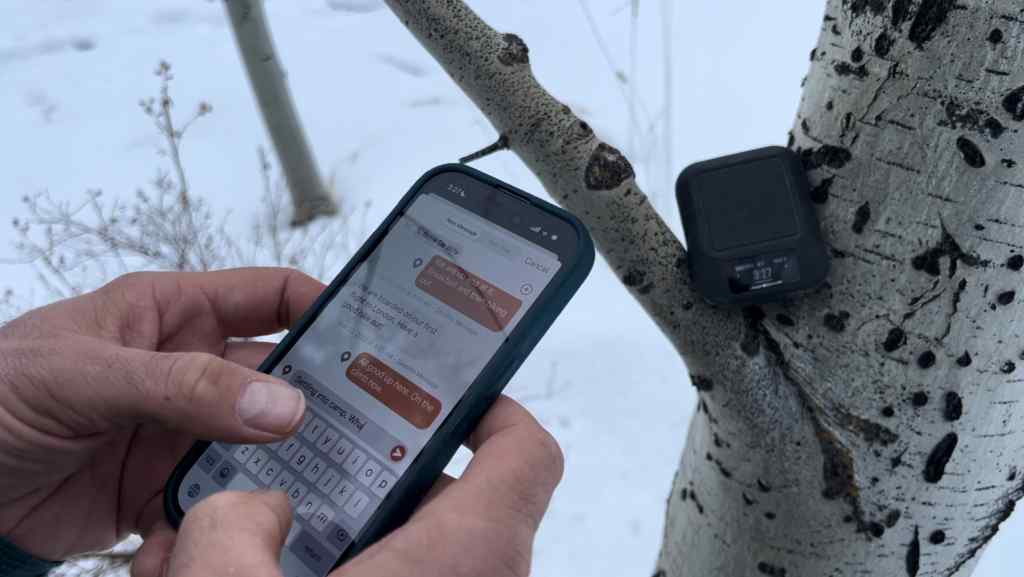
To evaluate our selection of satellite messengers, I took them on a variety of off-grid adventures, including hikes, bike rides, runs, and stand-up paddleboarding.
For a real challenge, I even completed a marathon across Europe—67 marathons in 67 days, if you’re curious. My goal was to identify which devices offer the best combination of straightforward setup, user-friendliness (especially when exhausted), compact portability, long-lasting battery life, and reliable messaging capabilities. Additionally, I had people back home provide feedback on how easy it was to track my journey.
Your Adventure Toolkit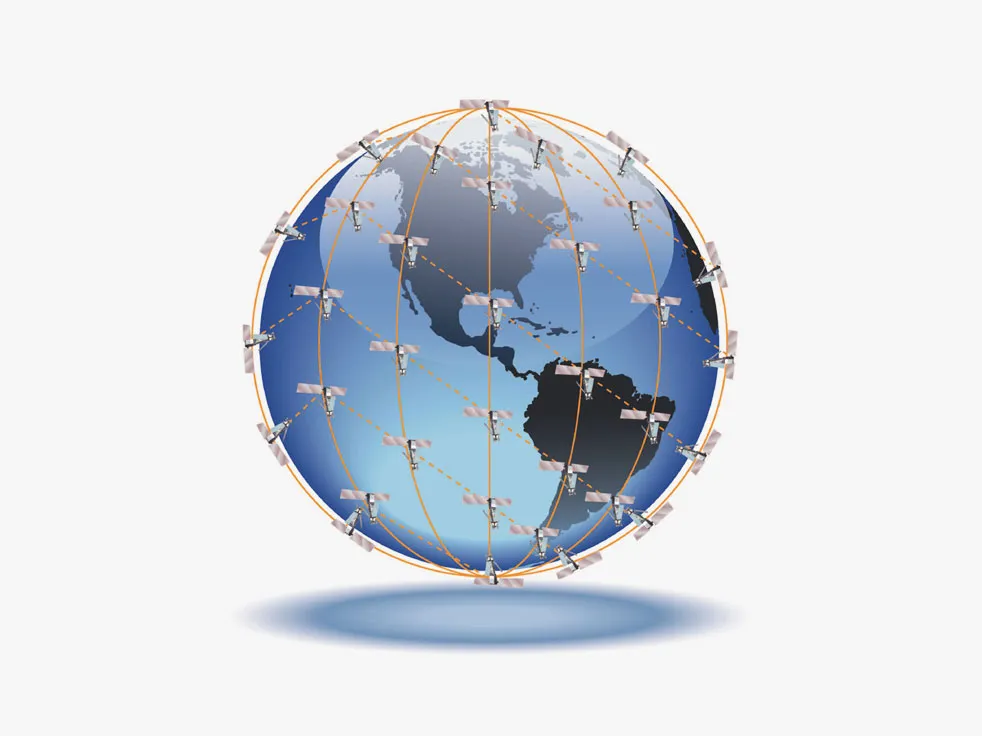
All of our selected devices are built to be rugged, shockproof, and waterproof, with the Spot X also being dustproof. If you’re having trouble with your device, ensure it’s outside with a clear view of the sky, as tree cover can obstruct the signal.
For concerns about battery life, we recommend GoalZero’s compact, portable solar panels to keep your devices charged while on the move. If you prefer to avoid subscription fees and forgo navigation and messaging features, consider opting for a personal locator beacon. While it may have a higher initial cost, it eliminates the need for ongoing subscription charges.
Is a Satellite Messenger Essential Gear?
If you mostly stay within cellular coverage, your smartphone will likely suffice for communication. However, if you find yourself in remote areas, having a reliable means of communication can be crucial for safety—potentially making the difference between life and death, or at least preventing you from being extremely cold, injured, or hungry. This is where a satellite messenger becomes essential.
Choosing the right satellite messenger depends on several factors: your location, the device’s messaging features, durability, and battery life. Your needs might vary if you’re embarking on multi-day mountain treks versus day hikes combined with stays in a cabin, or if you’re exploring solo compared to traveling with a team.
Additionally, you’ll need to select a satellite network. Unlike GPS, which is not used by these devices, satellite messengers rely on Iridium and Globalstar low-Earth-orbit networks. These networks are preferred for communication due to their lower energy consumption and reduced lag time compared to GPS. Keep in mind that Globalstar has more limited coverage, so it’s important to check coverage maps before making a decision.
Pricing Plans Explained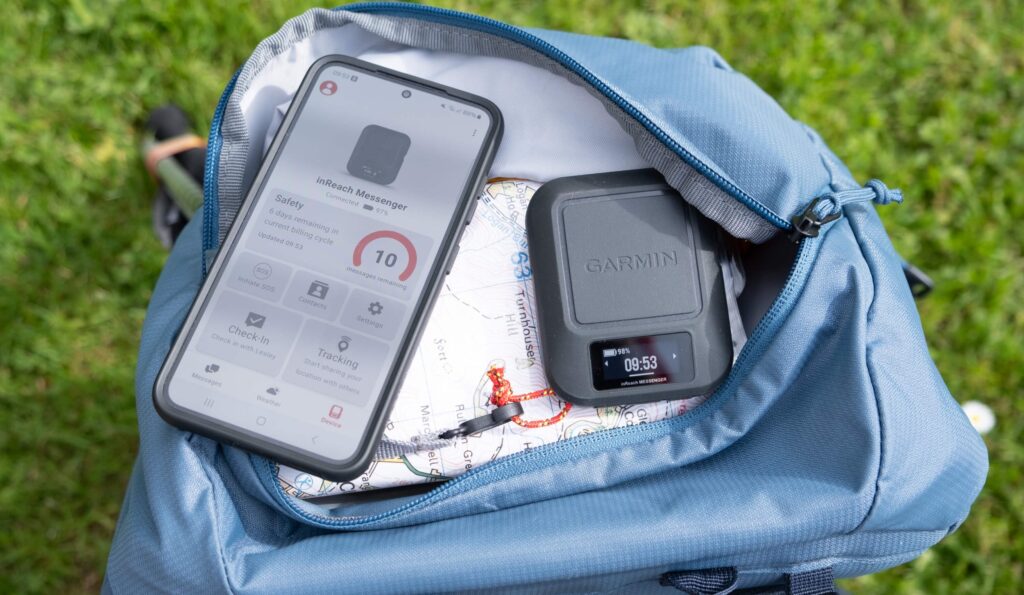
Before choosing a satellite messenger, it’s important to carefully review the subscription plans. Don’t be misled by the lowest monthly rate; both Spot and Garmin offer 12-month contracts, but they often include activation fees. Monthly “flex” plans are typically a bit more expensive but offer greater flexibility. Generally, subscription costs start around $10 to $15 per month. Keep in mind that the most basic plans may not cover features like texting or weather updates.
If your adventures are seasonal, such as winter skiing or summer backpacking, a monthly plan might be more suitable. For those who live in remote areas or are off the grid year-round, an annual plan is usually more cost-effective.





